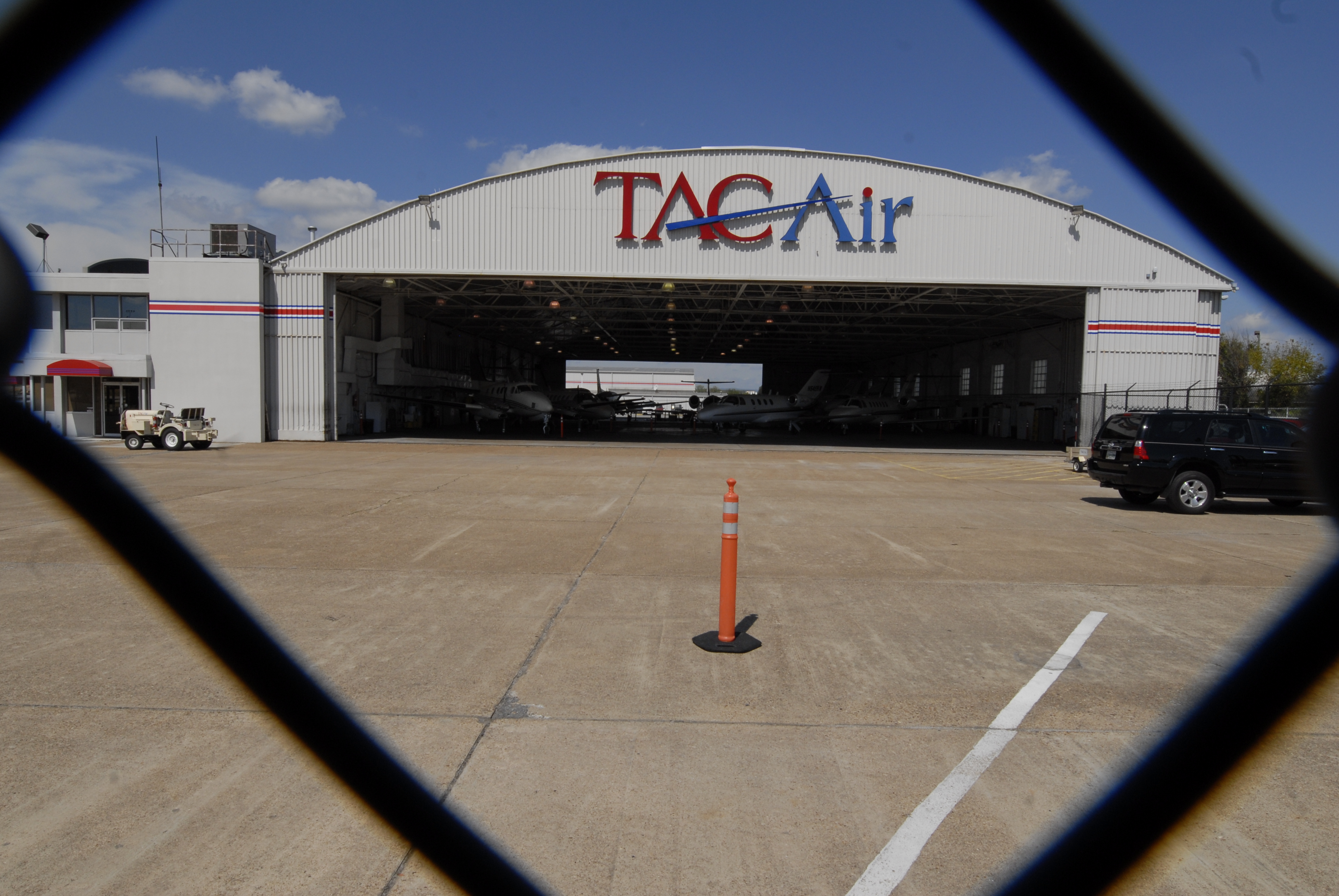TAC Air supports hearing on tax money for Tennessee airports
Friday, January 1, 1904
An official for TAC Air, locked in a battle with Chattanooga Airport over a new fueling and hanger operation, said Friday she'd support a legislative hearing on how state money is used at airports.
"They could determine if we really need another $5 million of tax dollars invested in this facility," said Pam McAllister, TAC Air's general manager at the airport.
The Airport Authority is seeking bids for 20,000 square feet in new hangar space and 13,200 square feet of offices for its new general aviation terminal that opened in mid-2011.
The airport already has received a $5 million state grant for construction of the second hangar at its center that's used primarily by corporate aircraft and competes directly with TAC Air.
House Majority Leader Gerald McCormick, R-Chattanooga, said Friday he and other local legislators have talked with both parties in the dispute and he's willing to hear TAC publicly present its case. But, he said, he leans toward letting airport managers make decisions about how they spend the money unless there's some blatant wrongdoing.
McCormick said there was a conference call with Tennessee Department of Transportation Commissioner John Schroer, who said he'd rather let the Airport Authority make such decisions.
State Sen. Bo Watson, R-Chattanooga, said the delegation is interested in hearing how state dollars are utilized, but he thinks the matter is a local issue.
Watson said he believes there's "an equitable position" that TAC Air and the airport can reach that benefits each party.
"I'd like to see the entities...have a meaningful discussion about a remedy," he said.
McAllister said officials at TAC, which this week marked its 10th year at the airport, have seen the new terminal have an impact on its business. She said TAC is still selling about 90 percent of jet fuel at the airport.
But, McAllister said, it's selling about 65 percent of other aviation fuel.
She also questioned the need for the new hangar, saying it has an empty 10,000-square-foot hangar. Also, Cleveland, Tenn., businessman Allan Jones is trying to find an entity to lease his 20,000-square-foot hangar on the airport, McAllister said.
"They're saying they're building based on growth," she said. "We're just not seeing it. It's not new customers. It's customers already here."
The Airport Authority is projecting a loss of more than $1.1 million over the first two years of operation for its general aviation center. The first year's loss of $655,000 was more than twice the original forecast for the facility.
Terry Hart, the Airport's chief, said earlier this week that plans are moving ahead to build the new hangar. Bids are slated to be opened on Oct. 30.
"The hangar managed by Wilson Air Center is at capacity and we have additional demand," he said in an email. "We have heard from our customers that they want modern facilities, fair pricing and exceptional service. Clearly, there is demand for the product and services offered by Wilson Air here at the Chattanooga Airport, and we are working quickly to meet that demand."
While the general aviation center is losing money, Hart has said that small aircraft activity is up and fuel prices are down. He attributed that to competition provided by the center, known as a fixed-base operator.
Airport officials said the second hangar is needed because the first is already full. Earlier this year, airport officials agreed to spend $424,000 for planning related to construction of the second hangar. With the $5 million state grant already in hand, the airport is having to chip in about $555,555.
In mid-2010, airport officials unveiled plans to build up to $10 million in facilities for corporate tenants and personal aircraft on the west side of the main runway, opposite the commercial airline passenger terminal. State government is slated to pay for about 90 percent of the cost of the facilities while the airport covers the remainder.


